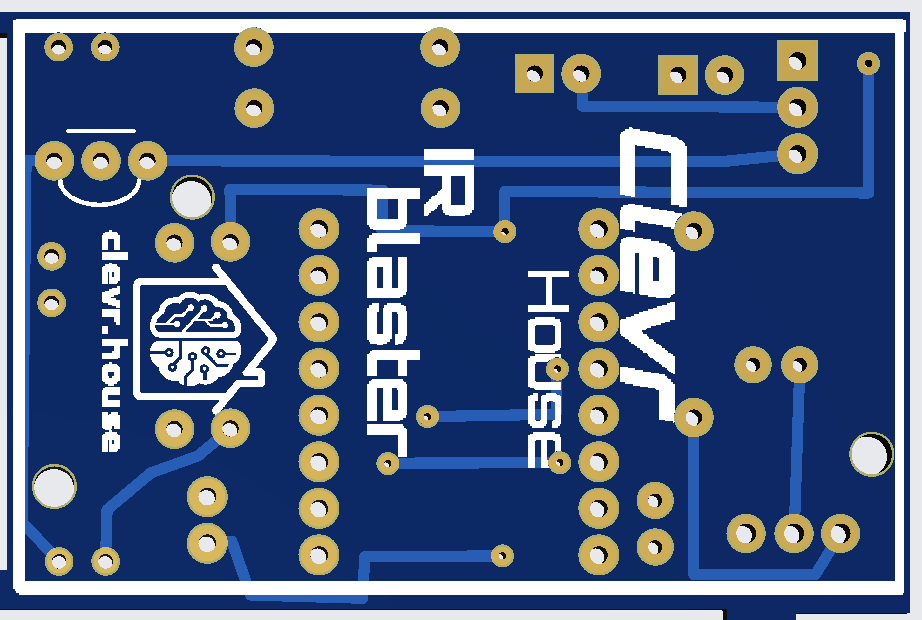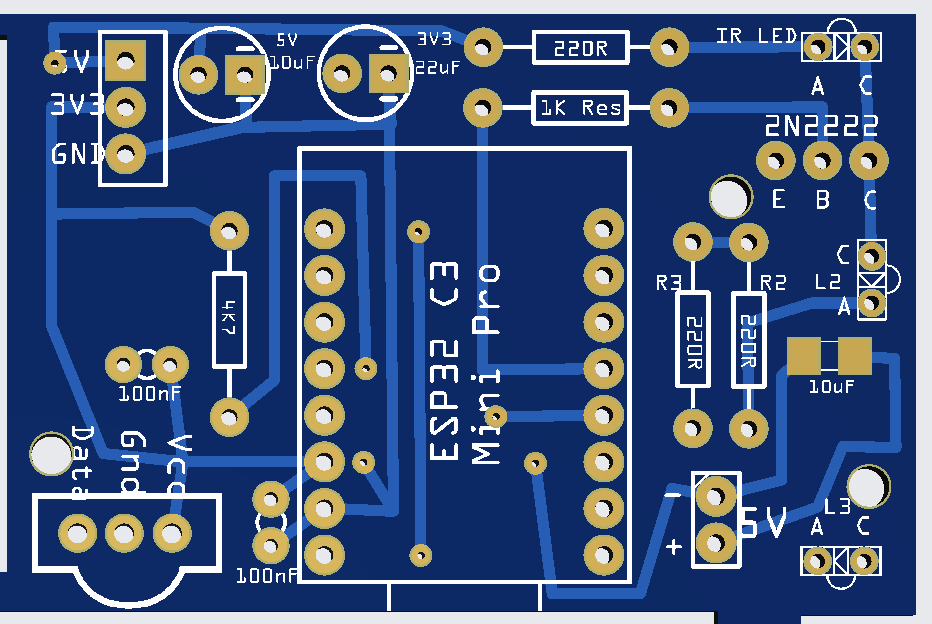Clevr IR Blaster - 3 x IR Emitter LEDs



Tired of the remote control chaos on your coffee table? The constant search for the right remote for the TV, the soundbar, the AC unit, or the streaming box ends now. This project empowers you to build a single, intelligent IR Blaster that consolidates all your infrared devices into one seamless smart home experience.
